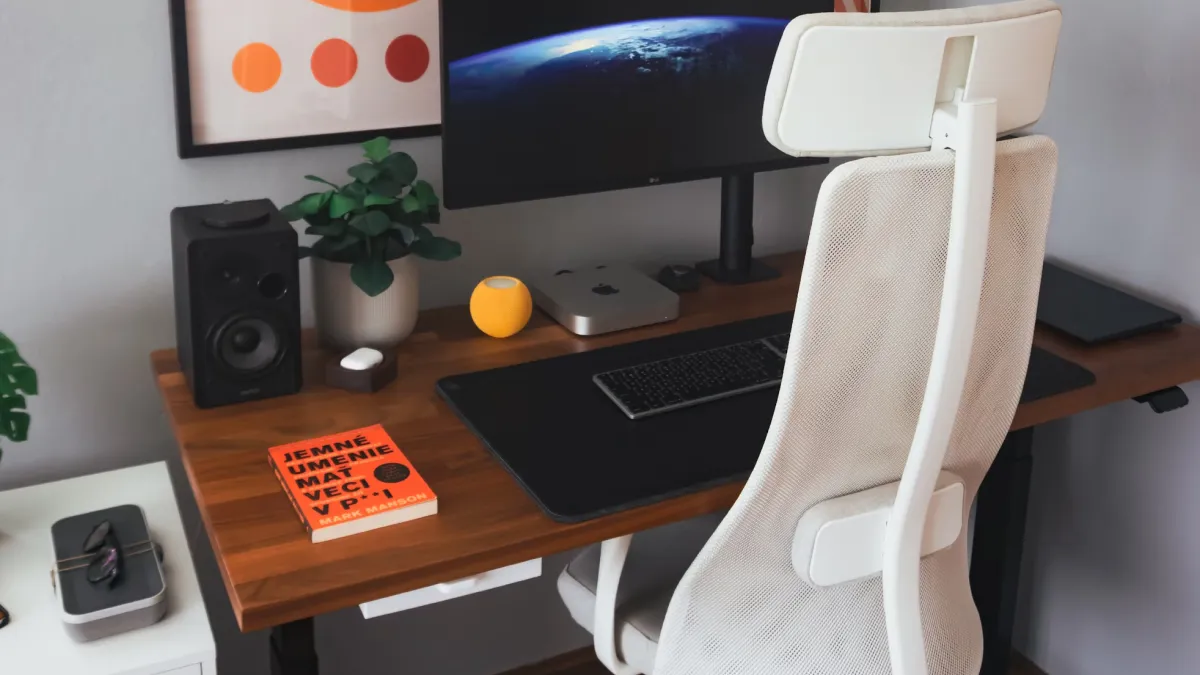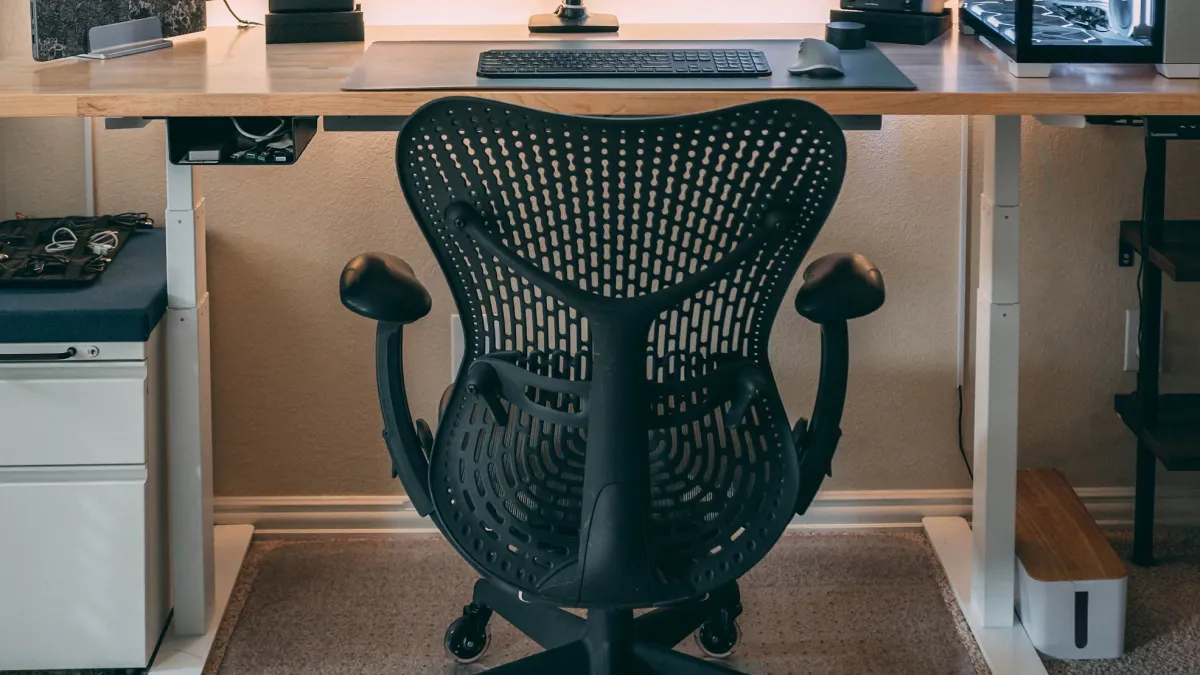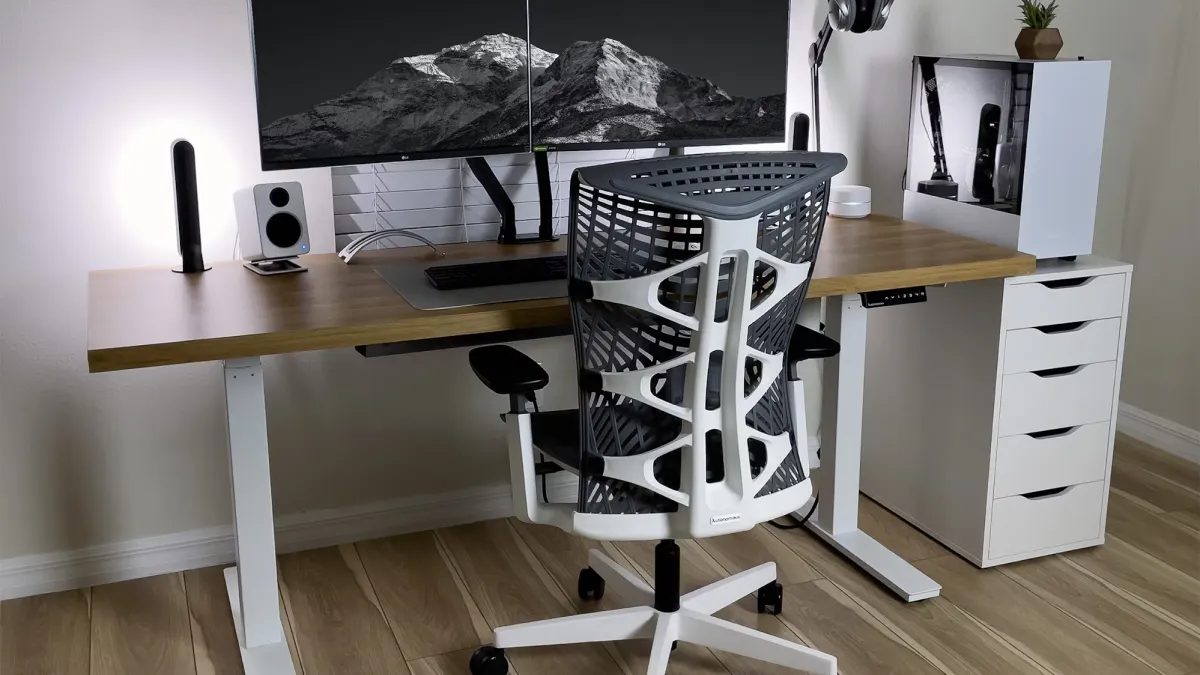Adjusting Your Gaming Chair for Better Posture

Well, you just bought a new one of the best gaming chairs in India. Whether this is a Secretlab gaming chair, Razer gaming chair India special or a used deal you picked up on the cheap.
So then why do you still experience back pain after a long gaming session?
Reality check: If your gaming chair is not adjusted correctly — even the best model on the market would 100% be a waste of money. Let’s fix that. In no time, you will be propped up like a king (or queen) of posture.
1. Seat Height: The First Step to Comfort
The right seat height is everything. Sit down and adjust the chair until your feet rest flat on the floor. No tiptoes, no dangling like a kid on a swing.
- Why it matters: Your knees should form about a 90-degree angle. This helps blood flow and prevents your legs from falling asleep mid-boss battle.
- For short users: If the desk height forces you to keep the seat too high, grab a footrest. It’s not cheating—it’s ergonomic genius.
2. Tuck Those Hips Back
Slide all the way back into the seat so your lower back touches the lumbar support. If your hips are halfway to your knees, you’re doing it wrong.
- Think of it this way: If your chair had arms, it’d give your back a nice hug right now.
- Bonus tip: Most ergonomic gaming chairs come with lumbar pillows. Adjust yours until it feels like a cloud softly supporting your back.
3. Lumbar Support: Your Spine’s Best Friend
Speaking of lumbar support, this is where you separate the best gaming chair for back pain from the imposters. The support should rest just above your belt-line, maintaining the natural curve of your lower back.
- Pro move: Play around with the depth. Too shallow? It’s useless. Too deep? You’ll feel like you’re sitting on a speed bump.
4. Armrests: Not Just for Show
Adjust the armrests so they’re at elbow height. When your arms rest naturally, they should form a 90-degree angle with your body.
- Why bother? Proper armrest placement takes the load off your shoulders. No more hunching like Gollum over your keyboard.
- Fun fact: Some best budget gaming chairs in India have adjustable armrests that feel just as fancy as premium ones.
5. Recline Like a Pro
Gaming chairs usually recline between 90° and 160°. For work or intense gaming, keep it at about 100°-110°. When it’s Netflix-and-chill time, lean back and enjoy the ride.
- Warning: Don’t go full 160° recline during a work meeting. Unless, of course, you enjoy explaining why your webcam caught you napping.
6. Neck Support: It’s Not Optional
Many gaming chairs have headrests or neck pillows. Use them! Adjust the pillow so it supports the base of your skull, not the back of your head.
- Why it’s a game-changer: A good neck position reduces strain and might even prevent those dreaded tension headaches.
7. Don’t Forget the Floor
Yes, the floor matters. Keep your feet flat and stable, or use a footrest if needed. And no, crossing your legs doesn’t count.
- Pro gamer tip: If you’re prone to fidgeting, look into a footrest that allows rocking or slight movement. Keeps the blood flowing and boredom at bay.
A Quick Note on Chair Quality
You’re stuck in the chair — and if you haven’t hunkered down into these positions, then your chair is the issue. Investing in a better chair, such as a Secretlab gaming chair or Razer gaming chair India edition can be the upgrade you have been looking for. Or keep an eye out for refurbished gaming chairs, which are cheaper.
Final Thoughts
It is not rocket science to adjust your gaming chair. But you do require some effort → (i) We all know that only hardcore gamers spend hours/game and they will definitely require such a little bit more of the effort.
When you, however, have got real, you not only feel better but even have probably seemed cooler. I mean, posture says a lot about a person, after all. Now, get out there, you adjust your best buy gaming chair and crush those games in style with plenty of comfort support. Your spine (and future self) will be grateful!
FAQ
-
To find the right seat height:
- Sit down in your chair and adjust until your feet rest flat on the floor, ensuring no dangling or tiptoeing.
- Your knees should form a 90-degree angle. If you’re shorter, consider using a footrest for additional support.



